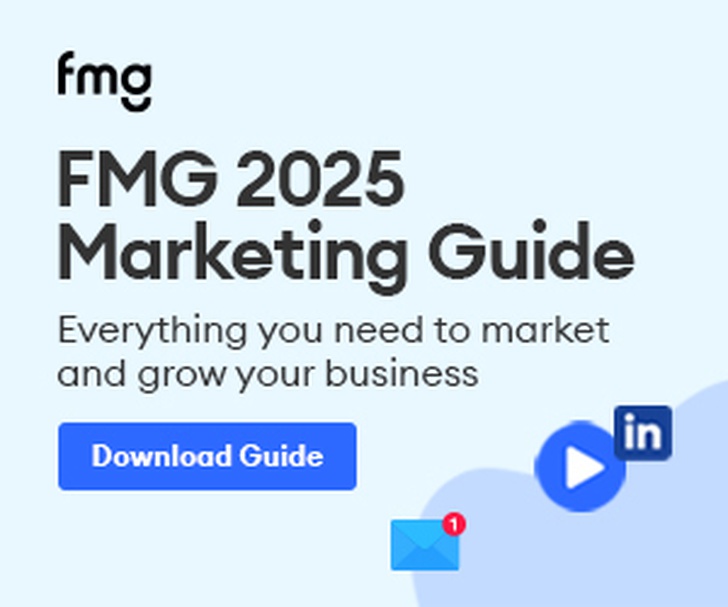Written by: Katy Lithgow
Whether you're planning a small breakfast briefing or coordinating a large corporate conference, having a detailed integrated communication strategy can bring major benefits to your financial services brand. Organising the event is a major undertaking but leveraging it beyond just what attendees experience in person is where further opportunities (and ROI) lie. In addition to networking and exploring topics of interest to your audience, events provide a chance to capture rich content and, of course, media opportunities. In today's blog, you will discover three phases to help you leverage your content, maximise the return on your event and reach an audience beyond the one in the room.Phase 1: Event Planning
- Pre-event planning: speakers, target attendees, presentation formats and duration, logistics, promotion, RSVPs, catering, audio/visual equipment requirements etc
- The event: running order, registrations, swag and hand-outs, Q&A handling etc.
- Post-event campaign: continuing the conversation with participants and a broader audience through content
Phase 2: Great leadership communication
BlueChip dissected what makes a good conference speaker in this earlier blog. Having engaging and influential thought leaders speak or partake in your event won't only boost the authenticity of your content, but also become a representation of your tone and your voice. Not only are your keynote speakers your advocates, they also symbolise your reputation, so choosing the right speaker is very important. On the day, take advantage of interactive polling too, which can help boost your audience engagement and generate unique statistics that could be used to analyse your attendees' reactions and behaviours towards your speeches and speakers.Phase 3: Reaching the audience beyond the event
We are going to assume that you know your audience and can identify engaging presenters to deliver insightful content. But how do you amplify these great insights to give your event a long tail? 1. Invite media Today’s journalists are busy with limited time to attend events. Getting them to agree to spend a few hours, or even a day, at your event means that there had better be a good story. Highlight the keynote speakers or events that would be relevant to media in your media pitch and have fact sheets and speaker bios ready to go. Of course, you can also pitch interviews with key delegates and speakers ahead of your event. If you suspect that your event won’t be of significant interest to all target media, you could consider a separate experiential media event or roundtable that picks apart the key media issues. Held prior to your event, this would generate pre-event coverage and buzz, possibly creating greater interest and driving registrations. 2. Develop a content plan Beyond media coverage, you can develop a content amplification plan using the key themes, ideas and insights that are addressed. Despite the type of event you're hosting, an event is essentially nothing without its attendees. So nurturing them prior, during and after is imperative to ensure your attendees not only show up with great interest, but follow the trail to your next event. To do this, don't neglect the importance of lead nurturing via email communications, social media updates, event promotion and website/ blogs. See below for an exceptional email marketing campaign to help boost your event attendance and retention.| PRE event (email ideas) | POST email (email ideas) |
| Thanks for registering | Thanks for coming |
| Reminder emails (See you in 1 week/ 3 days/ 24 hours) | Sorry we missed you / Thank you for attending |
| Last chance to register | How did we go - feedback form |
| Event promotion via other email communications | Event recap and share photos/ summary notes |
- 1 YouTube video
- 1 blog post
- 1 podcast
- 1 email newsletter
- 3 tweets
- 1 media pitch
- 1 infographic
- 1 LinkedIn post and multiple reposts by your colleagues
- 3 images on Instagram/Facebook
- Ask the attendees for feedback. Feedback forms, online surveys and event apps are great tools to collect information. Verbal feedback from key clients can also provide valuable insights
- Using feedback forms to ask attendees to nominate which topics they enjoyed and would like more information about
- Recording the number of attendees per breakout – were some sessions overflowing and others a ghost town?
- Tracking the metrics of all the post event content (views/ clicks/ shares/ comments/ open rates/ social chatter) to gauge which issues were of most interest
- Noting what topics the media picked up on – journalists have a great sense for what their (and therefore your) audience want to read about



